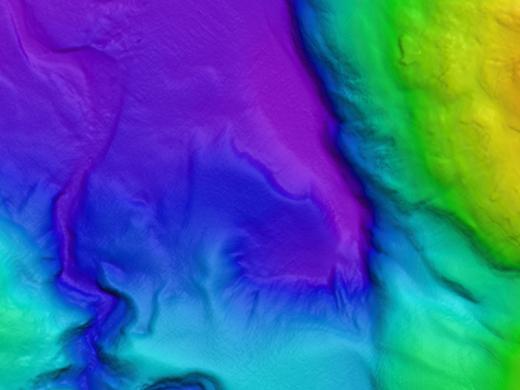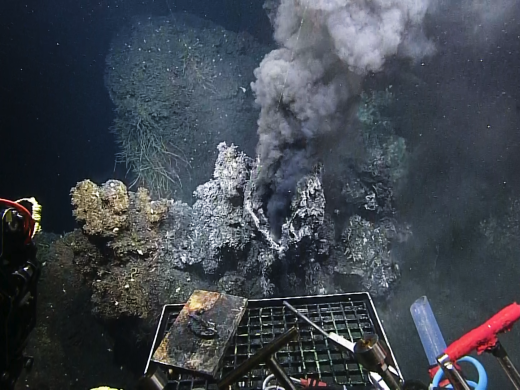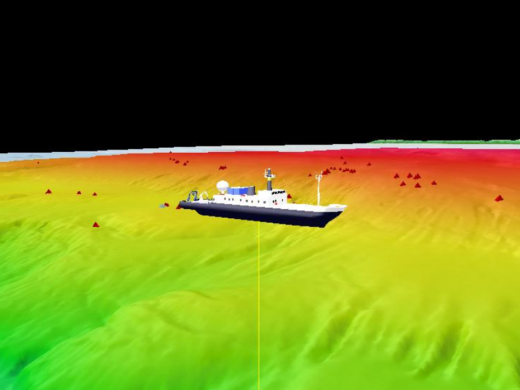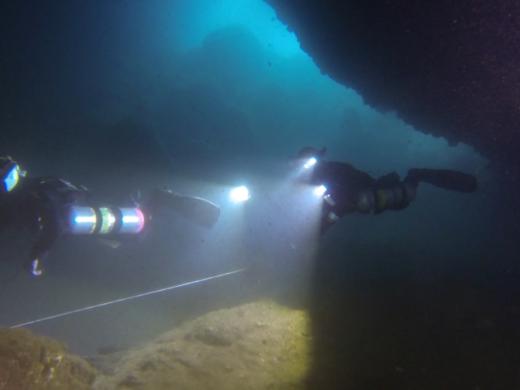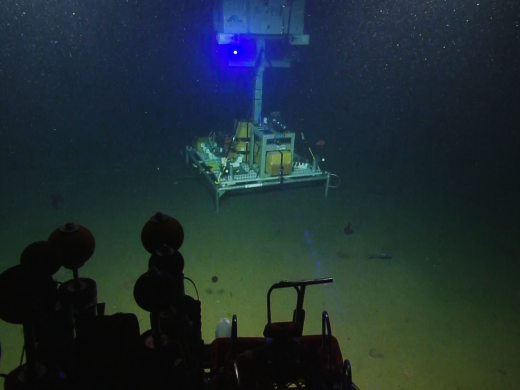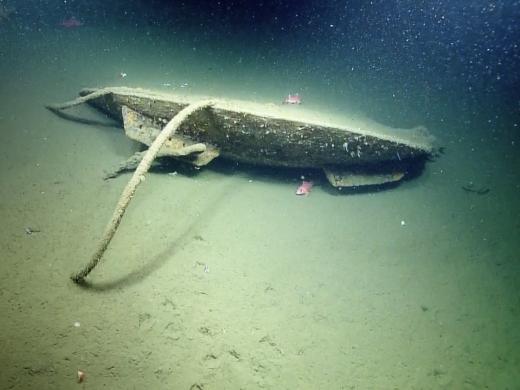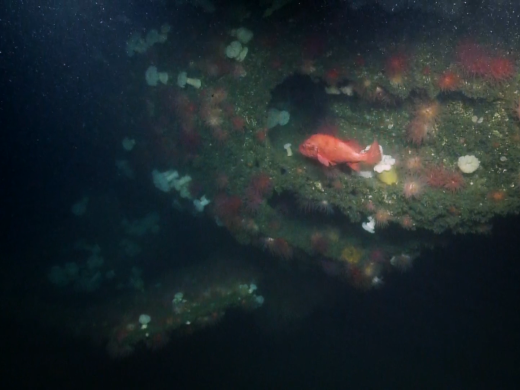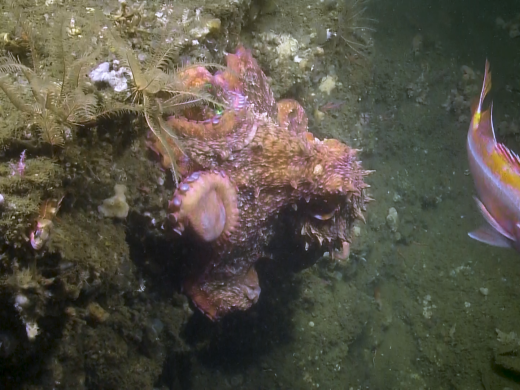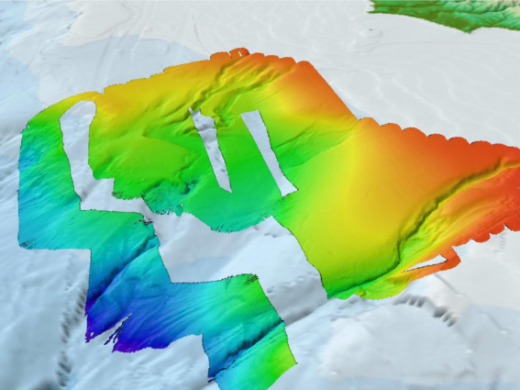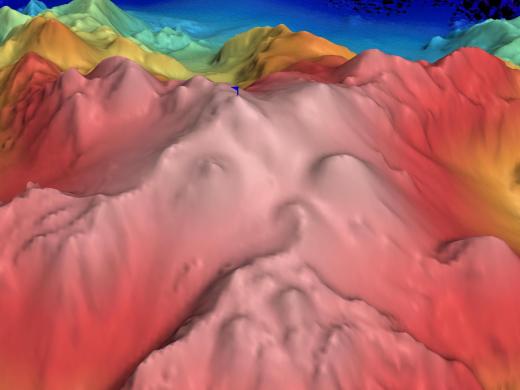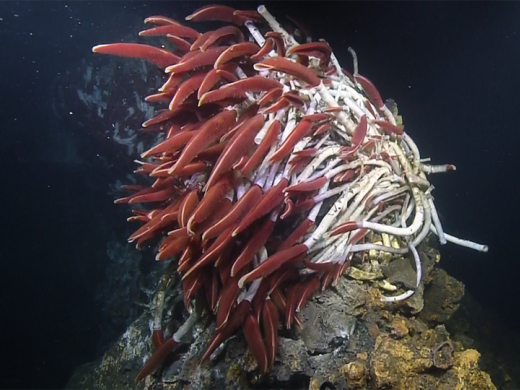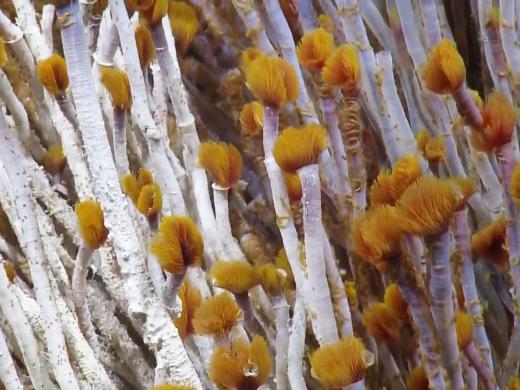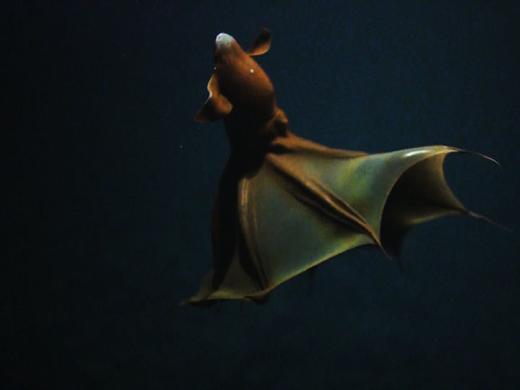The Ocean Exploration Trust was founded in 2008 by Dr. Robert Ballard—best known for his discovery of RMS Titanic’s final resting place and as a National Geographic Explorer in Residence—to engage in pure ocean exploration. Our international programs center on scientific exploration of the seafloor with expeditions launched from Exploration Vessel (E/V) Nautilus, a 64-meter research vessel operated by the Ocean Exploration Trust. In addition to conducting scientific research, we offer our expeditions to explorers on shore via live video, audio, and data feeds from the field. We also bring educators and students aboard during E/V Nautilus expeditions, offering them hands-on experience in ocean exploration, research, and communications.
The 2017 Nautilus Expedition will launch the third year of exploration in the Eastern Pacific Ocean, and will be one of the most extensive seasons to date. From May to November, Nautilus will document and survey unexplored regions from British Columbia, Canada, along the West Coast of the United States, to Baja California, Mexico.
